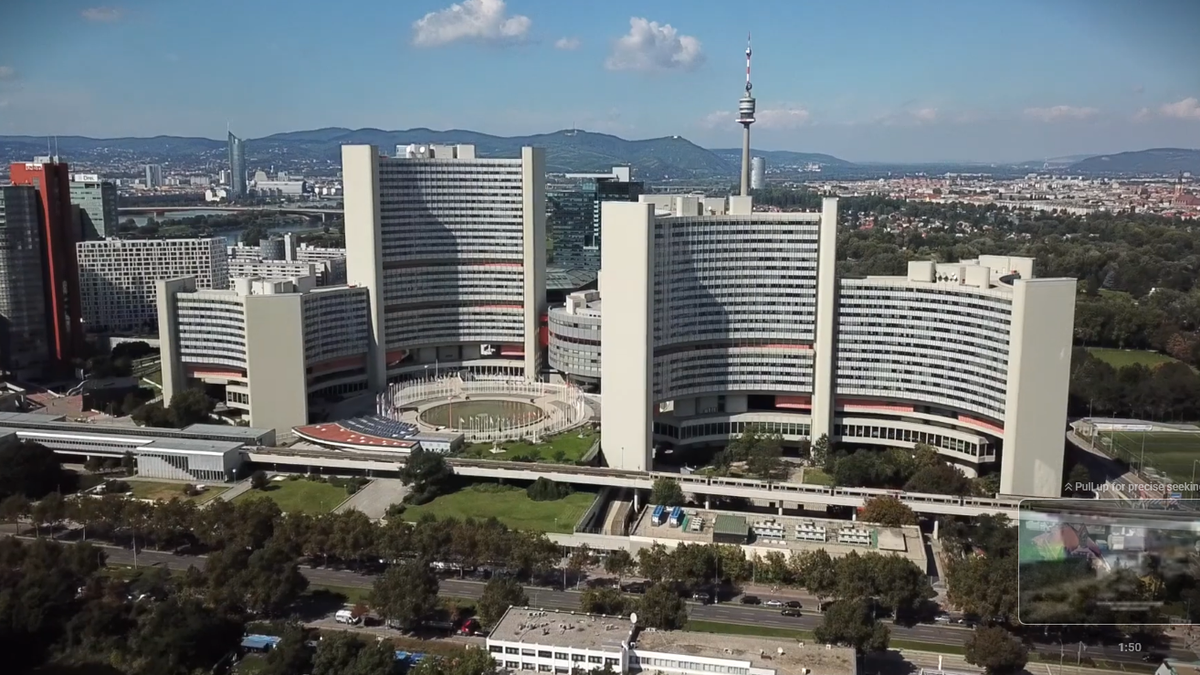The Comprehensive Nuclear-Test-Ban Treaty Organisation (CTBTO) grew from a long campaign to close the last legal gap in nuclear restraint: a global, verifiable ban on all nuclear explosions.
After partial limits in 1963 and regional bans later, negotiations at the Conference on Disarmament yielded a draft treaty that the U.N. General Assembly adopted in September 1996, opening for signatures on September 24. Because entry into force required 44 named Annex 2 states with nuclear expertise to ratify it, governments created a Preparatory Commission in November 1996 to build, test, and provisionally operate a verification regime before the treaty legally began. The result was the Vienna-based CTBTO Preparatory Commission, which today runs the system that would underpin a future treaty in force.
The CTBTO’s verification regime is the heart of its authority and its principal political
Continue Reading on The Hindu
This preview shows approximately 15% of the article. Read the full story on the publisher's website to support quality journalism.
